International experts have made many important observations from North Korea's test launch of the Chollima-1 missile but declared it a failure.
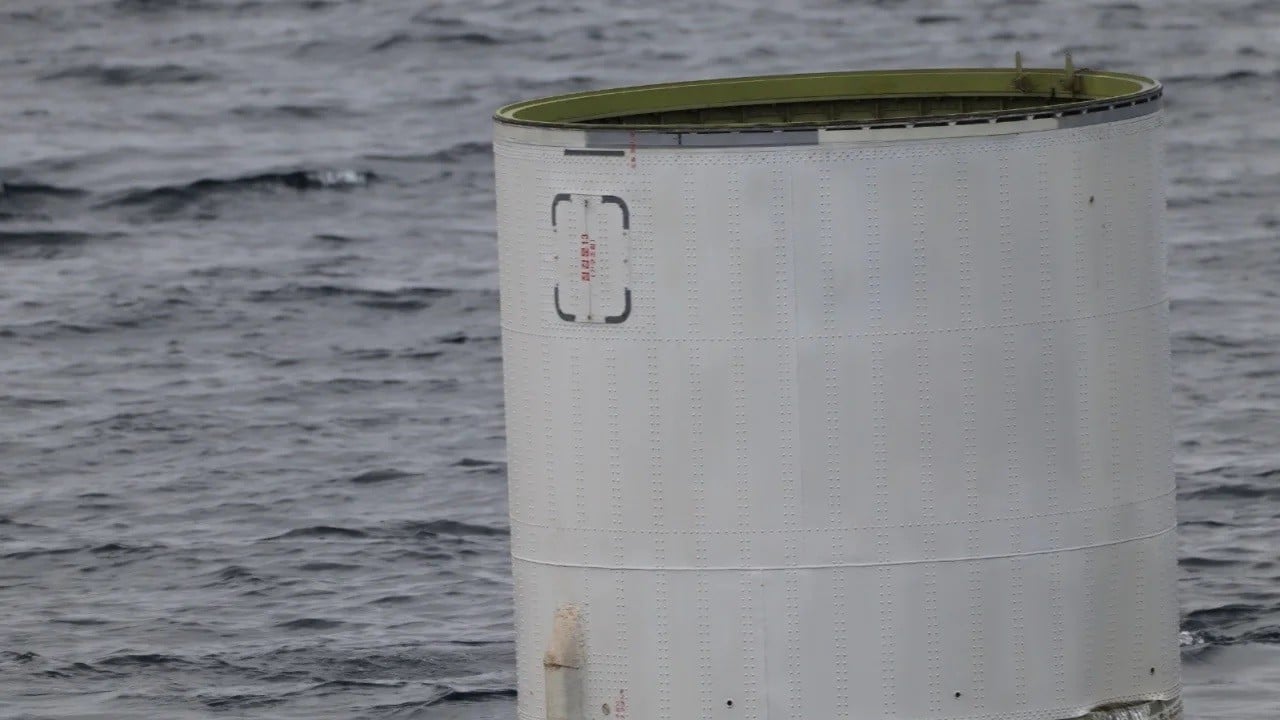 |
| A part of North Korea's 'satellite launch vehicle' was collected by South Korea in the Yellow Sea. (Source: South Korean Ministry of National Defense ) |
Sophisticated design, a stepping stone for the future
The launcher used in North Korea's latest satellite launch appears to be a new design and likely used an engine developed for the country's intercontinental ballistic missiles (ICBMs), analysts said on June 1.
The missile, called Chollima-1, failed in its first launch attempt on May 31. North Korean state media reported that the rocket took off successfully, but the second stage failed to launch as expected and it fell into the sea.
In a rare move, North Korean state media also released photos of the missile launch despite the failure, giving international analysts their first look at the new launcher.
“The launch vehicle we see is of a completely different design origin than the older Unha series space launch vehicles. It appears to use an engine that appeared in an earlier North Korean intercontinental ballistic missile,” said Ankit Panda of the US-based Carnegie Endowment for International Peace.
Joseph Dempsey, a defense researcher at the International Institute for Strategic Studies, also concluded that the missile could be powered by a dual-nozzle liquid-fuel engine similar to the one equipped on North Korea's Hwasong-15 ICBM.
Some experts believe that this engine is derived from the Soviet RD-250 engine family, while the previous Unha space launch vehicle used an engine cluster derived from the Scud missile.
"Although the Chollima-1's exhaust appears clear, suggesting liquid fuel, it has deposited light gray sediment around the launch pad and nearby fields. The cause of this sediment is unknown," the US-based North Korea monitoring website 38 North said in a report.
The United States, along with other nations, say the use of ballistic missile technology for space launches violates United Nations Security Council (UNSC) resolutions banning North Korea's missile and nuclear weapons programs.
Unlike North Korea's last satellite launch in 2016, the country now has a robust ICBM program and does not need to disguise its weapons tests as satellite launches, Panda said.
Chollima-1 appears to be a medium-lift space launch vehicle intended to deliver small satellites to low Earth orbit.
Mr Panda added that North Korea's stated goal - to eventually be able to launch multiple satellites on a single rocket - suggests it may field a larger launch vehicle in the future.
South Korea said it was working to find parts of the North Korean missile, releasing photos showing what analysts said appeared to be a part designed to connect the two stages and an internal liquid propellant tank.
The South Korean military said search operations were continuing, with additional specialized ships being deployed.
"What we found appears to be the second stage of the rocket. We are continuing our search operations to find more," South Korean Defense Minister Lee Jong-sup told parliament on June 1.
He said a large and heavy object was still submerged under water, and it would take time and specialized equipment to lift it.
Ability to import equipment from abroad
If South Korea can salvage major components of a North Korean missile from the water, it could provide useful intelligence on North Korea's rocket and missile production, especially any foreign materials the country might be using, Panda said.
“We increasingly believe that North Korea has managed to become largely self-sufficient in airframe production, producing the majority of structural engine components, but it is still possible that some components are imported from abroad,” he said.
Just a day after the first attempt failed, Kim Yo Jong – the powerful sister of North Korean leader Kim Jong Un – said on June 1 that Pyongyang will soon put a spy satellite into orbit “precisely”. A second attempt will be made soon.
"It is certain that the DPRK's military reconnaissance satellite will be put into space orbit in the near future and begin its mission," she stressed.
However, a South Korean lawmaker, citing South Korean intelligence, told Reuters on May 31 that it was unclear when North Korea might conduct another launch because it could take weeks or more to resolve the issues that caused the latest failed launch.
The United States, South Korea and Japan have criticized the launch, saying it violated UN resolutions banning Pyongyang from conducting any tests using ballistic missile technology.
Analysts also warn that if North Korea succeeds, satellite surveillance capabilities would be a major problem, allowing Pyongyang to more accurately target US and South Korean forces.
Chun In Bum, a retired South Korean army general, told AFP : "Military uses of satellites include reconnaissance (intelligence gathering), global positioning information, and attacks on enemy satellites."
Since diplomatic efforts collapsed in 2019, North Korea has stepped up its military buildup, conducting a series of banned weapons tests, including the test-launch of multiple intercontinental ballistic missiles.
North Korean leader Kim Jong Un last year declared his country an irreversible nuclear power and called for an exponential increase in weapons production, including tactical nuclear weapons.
Source




![[Photo] General Secretary To Lam attends the 80th Anniversary of the Cultural Sector's Traditional Day](https://vstatic.vietnam.vn/vietnam/resource/IMAGE/2025/8/23/7a88e6b58502490aa153adf8f0eec2b2)








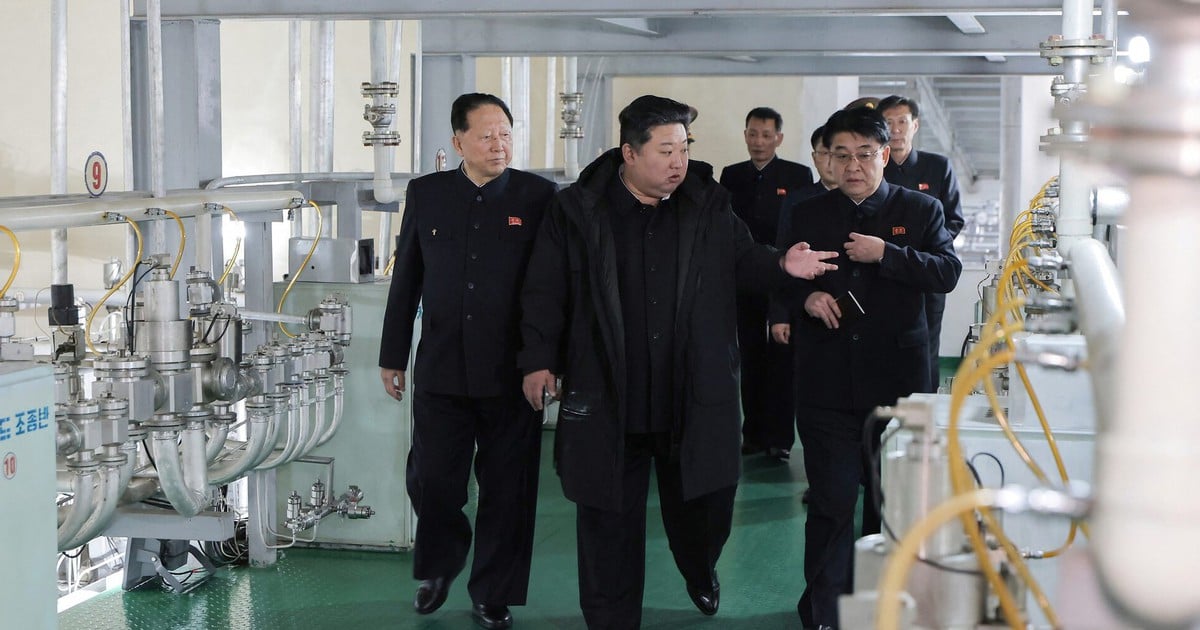



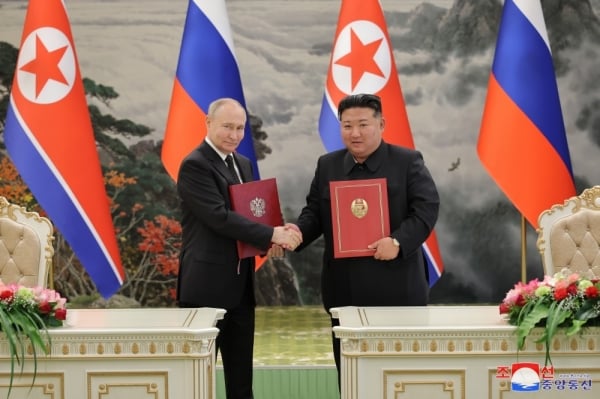


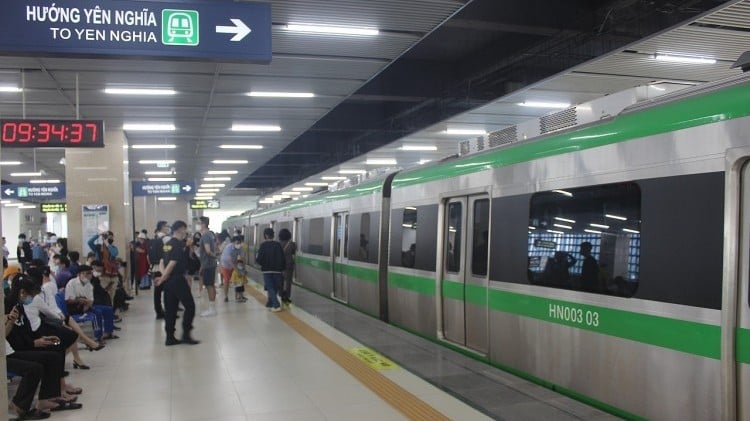


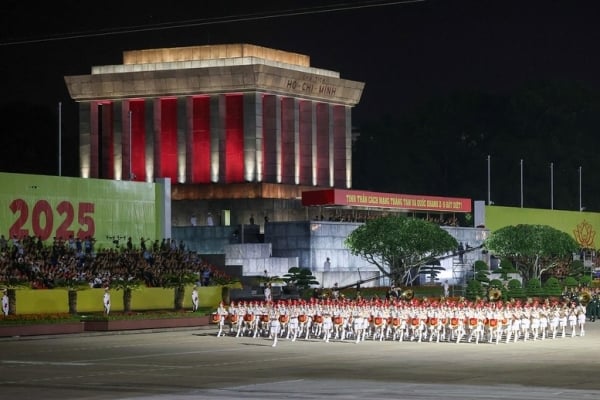























































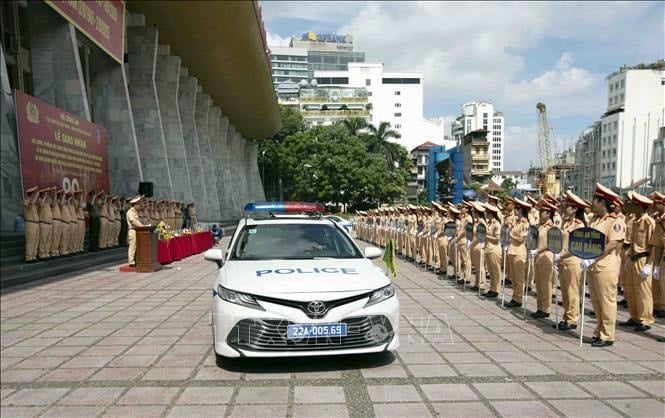



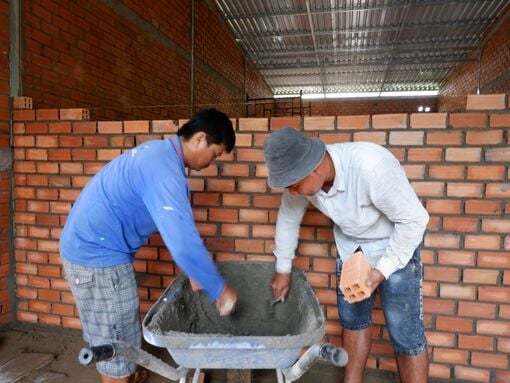


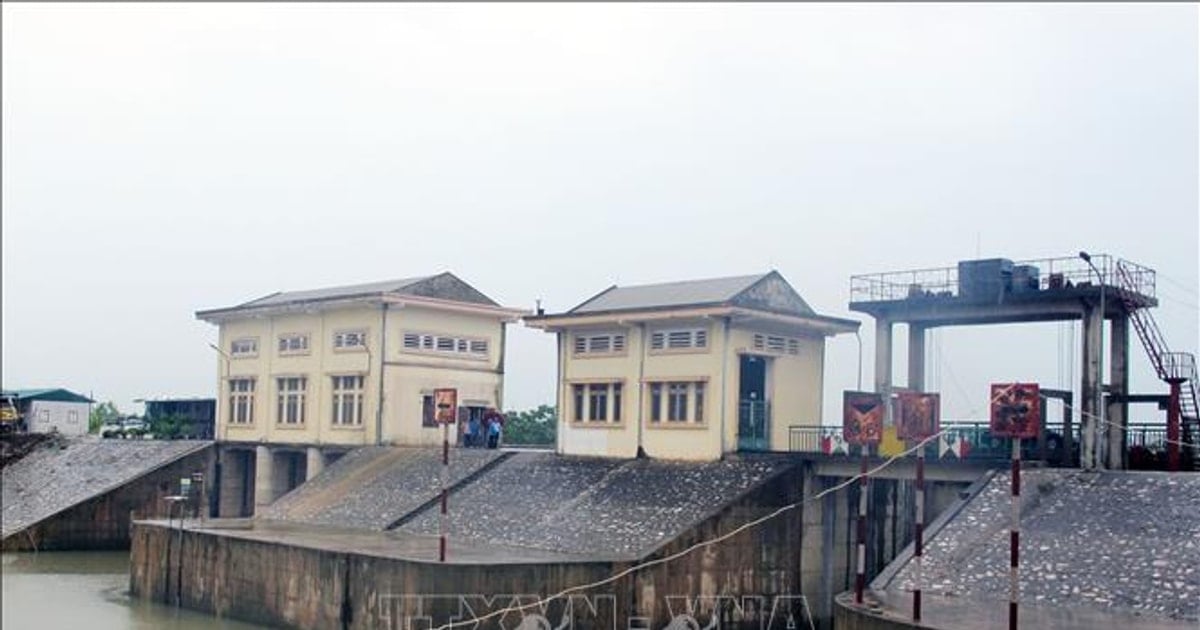















Comment (0)